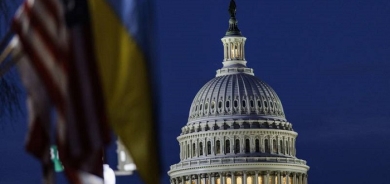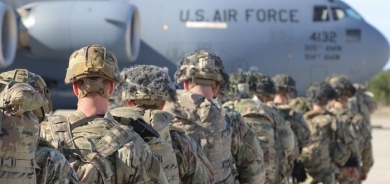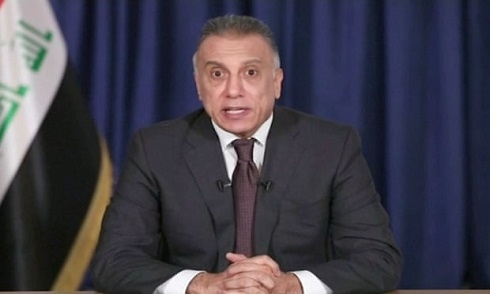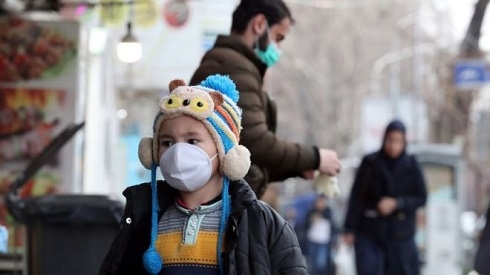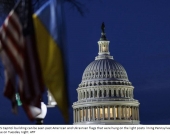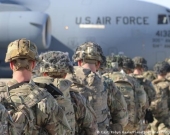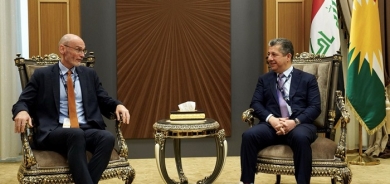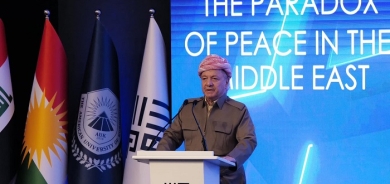The Past and Future of Iraq's Minorities
September 8, 2014
From Media
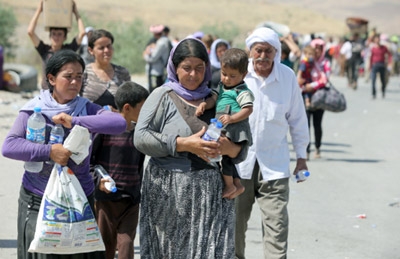
Editor's Note: This opinion on the status and future of minorities like the Yazidi in Iraq was originally published in the Washington Post's blog "The Monkey Cage."
In August, media reports of tens of thousands of Yazidis in Iraq fleeing for their lives prompted outrage – and (uncharacteristically) action to come to their rescue. The United Nations reports that up to 1.8 million Iraqis have been displaced since January, most to Kurdistan, where the government and international aid agencies are scrambling to meet their urgent humanitarian needs. But beyond the immediate humanitarian needs of the displaced are longer-term questions about what is happening to minorities in Iraq – and indeed the Middle East generally.
It may be hard to remember, but it was not long ago that Iraq was a religiously pluralistic place. While Kurds and Sunni Arabs (other than Kurds) each made up around 20 percent of Iraq’s population in 2003, some 10 percent of the population was comprised of smaller religious communities, including Armenian, Syriac and Chaldo-Assyrian Christians; Bahais; Jews; Sabean-Mandeans; and Yazidis as well as ethnic minorities such as Shabaks, Turkmen and Palestinian refugees. Most of these groups had lived in Iraq for more than a thousand years and most (though certainly not all) enjoyed a degree of protection as minorities under the Saddam Hussein regime.
Since then, repeated waves of displacement in Iraq have changed the country’s demographic landscape. Between 2003 and 2006, about a million Iraqis were displaced by the escalating sectarian conflict, adding to another million thought to have been displaced under Saddam Hussein’s regime before 2003. Things took an ominous turn in February 2006 with the bombing of al-Askari mosque in Samarra. In the course of about a year a staggering 2.7 million Iraqis – 5 percent of the population – were displaced within Iraq’s borders while another 2 million had fled to neighboring countries. In a context of political and sectarian fighting, religious minorities were particularly vulnerable, in part because of the nature of the violence, in part because they lacked the protection of tribes or emerging militias, in part because the areas where they lived, such as Baghdad, Kirkuk and Mosul put them at the center of power struggles. The title of a 2007 report by Minority Rights Group International, “Assimilation, Exodus, Eradication: Iraq’s Minority Communities since 2003,” captures the threats to minorities in this period. By 2008, the Iraqi Ministry of Displacement and Migration estimated that nearly half of the minority communities had already left the country. Statistics from 2010 reveal that smaller minority groups, excluding Turkmen and Faili Kurds, made up around 3 percent of Iraq’s 31 million people.
In the years since the massive displacement of 2006 to 2009, some refugees and internally displaced persons (IDPs) – of whom only a handful are minorities – have returned to their communities. One report, for example, notes that of the 200,000 or so refugees and IDPs who registered returns in 2012, only 304 were minorities.
It is important to remember this history of persecution and displacement of minorities in looking at the current attacks. The United States Commission on International Religious Freedom reported an increase in the frequency of sectarian attacks in Iraq in 2013, emphasizing that most of those affected by sectarian violence have been members of the Shiite majority. But the violence has a particularly devastating effect on Iraq’s smaller minority groups precisely because they are so small to begin with. Unsurprisingly given the lack of rights-based protection afforded to these minorities, we read now of Yazidi villages that have been emptied of their inhabitants, Christians in Mosul told to either convert to Islam, die or leave, and the intimidation, killings and abductions of Shabaks and Turkmen from their homes in northern Iraq.
Discrimination against minorities in accessing employment, housing, public services, political participation, and enjoying freedom of movement and worship are also evident. These grievances are often due to prejudices over sect and ethnicity, but also language, sexual orientation, lack of documentation (particularly among IDPs and returnees), biases in the school curriculum, and lack of basic infrastructure in areas largely inhabited by minority groups. The alarming impact of marginalization on minority youth has also surfaced, with suicide rates among Yazidis in particular increasing in recent years, as well as the dropout of an estimated 2,000 Yazidi students from Mosul University in 2013 alone.
##1##
Discrimination, persecution and displacement of minorities are part of a broader trend in the Middle East. For years, Middle East churches have railed against the emigration of Christians from the region – most recently in Syria, which has witnessed at least 500,000 out of 1.8 million displaced by the ongoing conflict. For some time, it was thought that Christians in Iraq were at particular risk because of their perceived ties to the West and belief that they had money. Similarly, tens of thousands of Sabean-Mandeans, often associated with the gold and silversmith trades, were estimated to reside in Iraq in the early 1990s. By the late 2000s, however,only 5,000 were thought to remain as threats of violence and abductions by armed groups forced them to flee to neighboring Jordan and Syria, as well as Sweden. And while Yazidis were estimated at around 700,000 in 2005, numbers are thought to have fallen to 500,000 more recently. The even more recent violence at the hands of Islamic State militants are thought to have caused more than 100,000 Yazidis to leave their homes, fleeing to other parts of northern Iraq or even crossing the border into Syria. But when religious minorities abandon their communities, the situation for those who remain becomes even more difficult and the pressure mounts on them too to leave.
Because of ethnic and sectarian cleansing, most Iraqis today live in communities in which their sectarian group is in a majority. Thus, members of these smaller, marginalized Iraqi minorities are particularly vulnerable due to little or no safety in numbers and limited recourse to protection at the hands of either militias or political leaders in a government that has remained crippled by political deadlock and largely unable to implement reform.
The future of minorities in Iraq is central to the question of Iraq’s future as a nation, although it is crucial to underscore that millions of Iraqis who fall outside these groups continue to suffer immensely at the hands of both governmental and non-state actors. In order to reverse these discouraging trends, political action is needed by all levels of the Iraqi government as a first step. Taking legal measures to protect the rights of minorities – including minorities seeking to return to their communities – would be the clearest possible sign of the national government’s commitment to pluralism and democracy. The international community could and should play a positive and supportive role in this regard, but the responsibility is clearly on the Iraqi government. Iraq’s future as a nation-state depends on the way minority rights are protected.
Brookings

